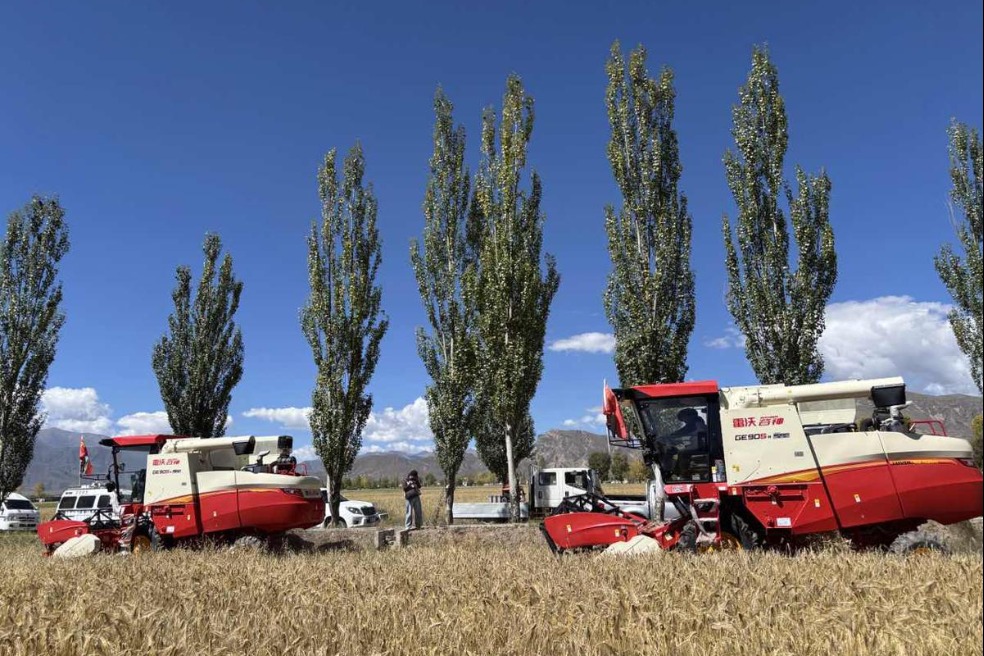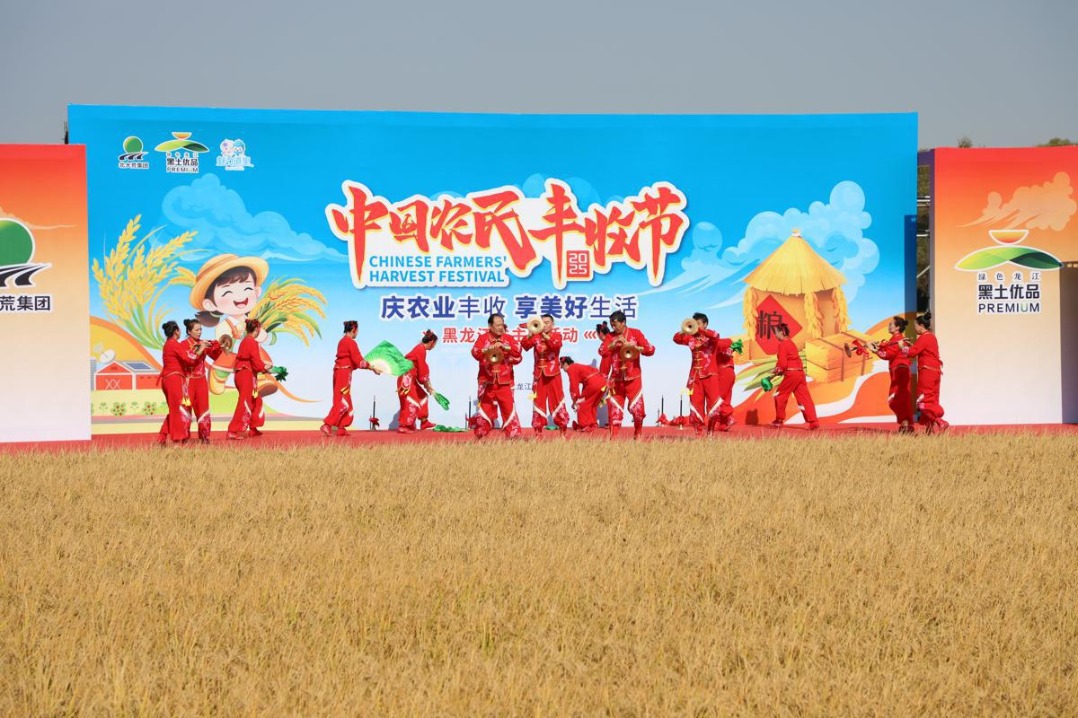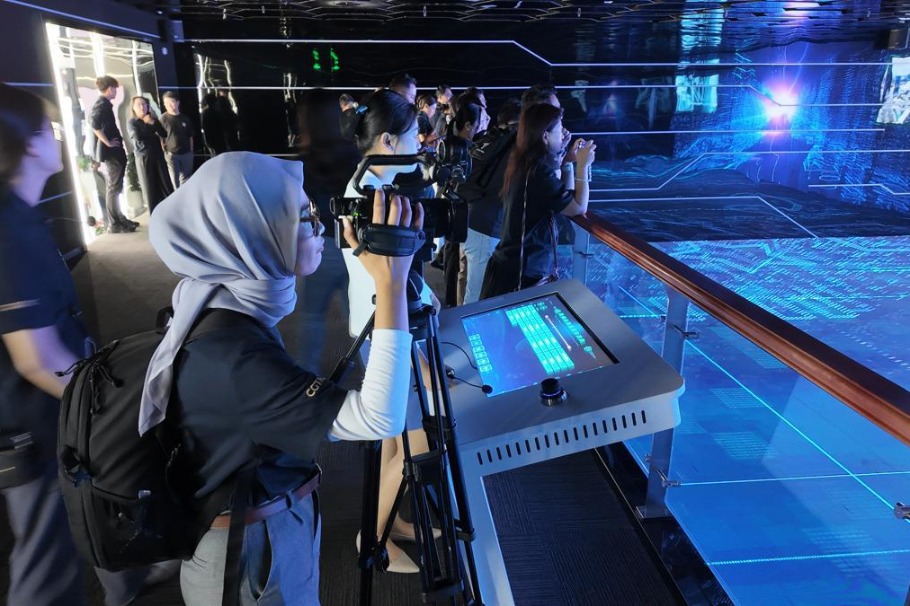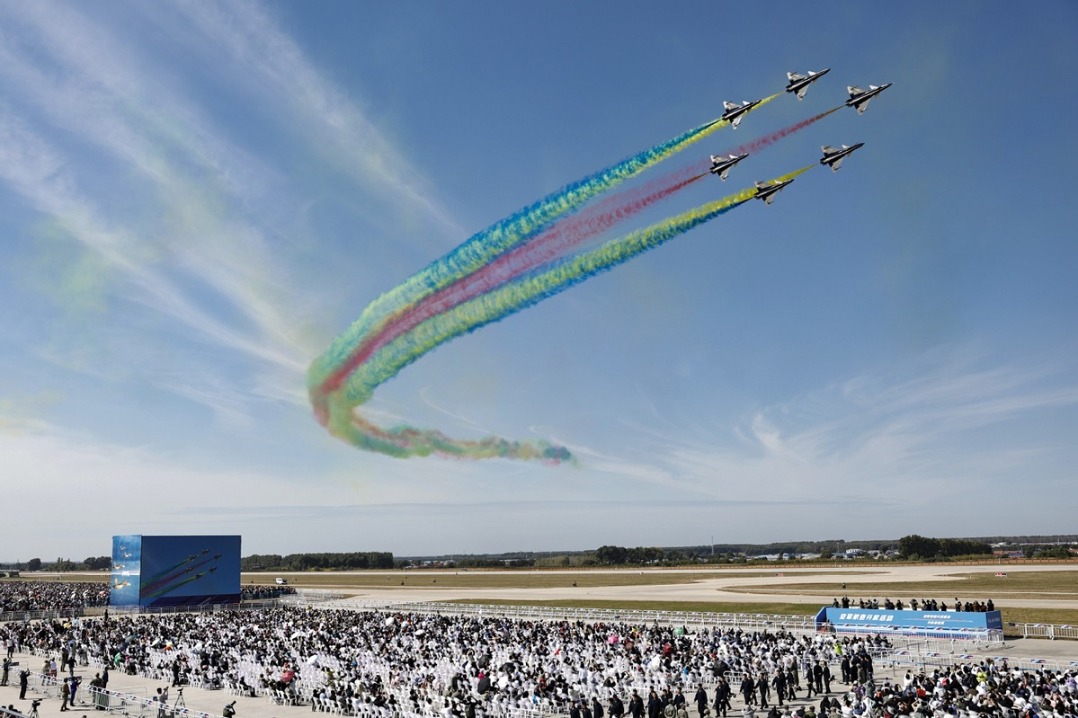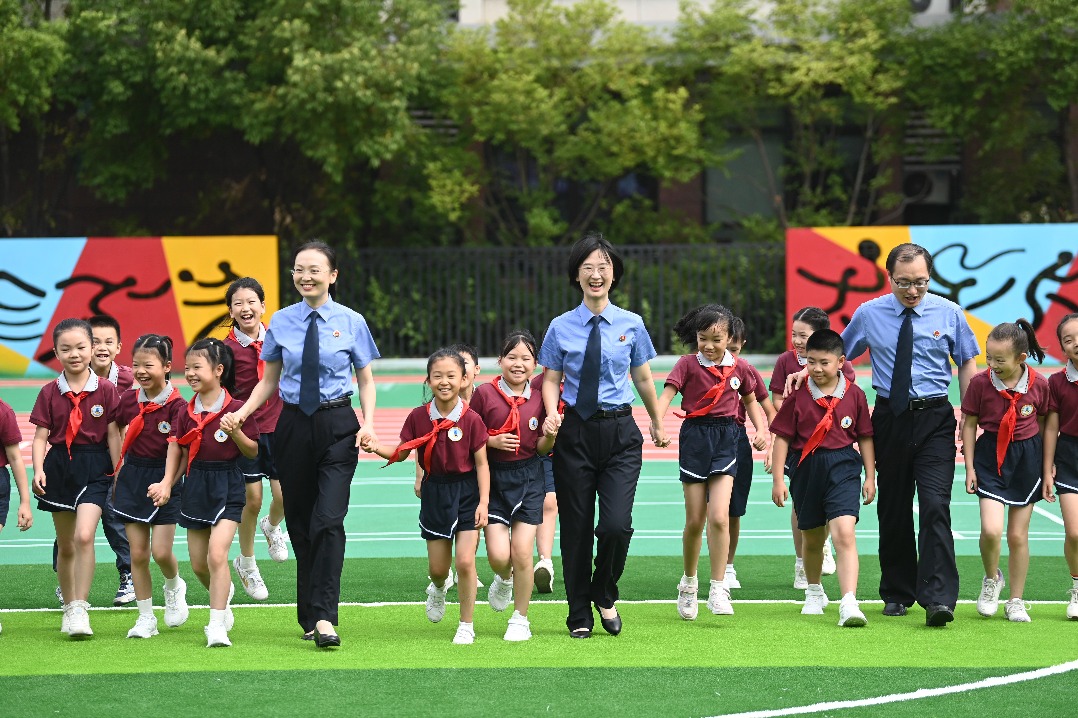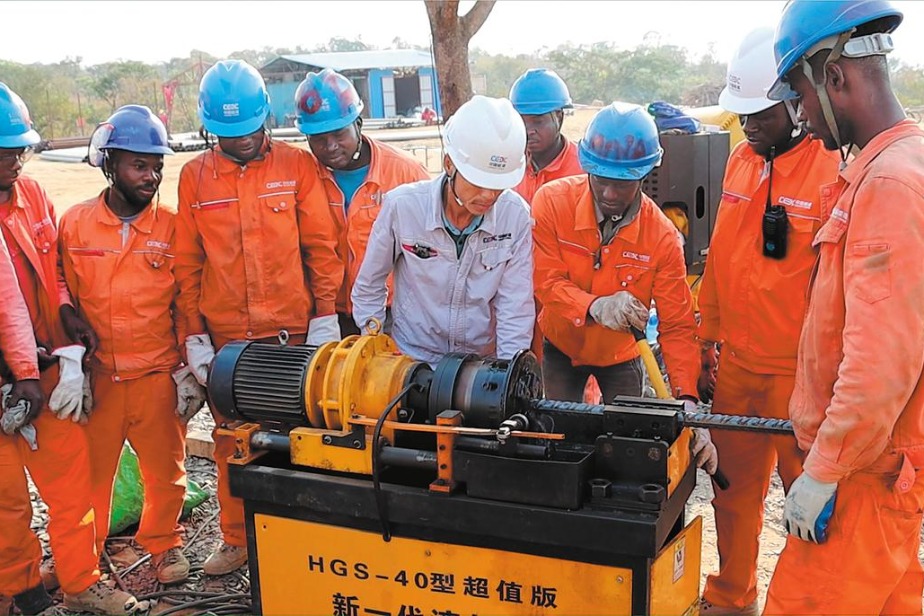Findings shed light on capital's impressive past


City dating back 800 years unearthed near new business area
The Lize Financial Business District in southwestern Beijing is home to numerous glass-walled high-rises, which stand as proud sentinels keeping watch over this new landmark in the Chinese capital.
The district only opened at the end of 2021, but under the ground nearby lie the ancient city walls and moat of Zhongdu, which in 1153 became the capital of the Jin Dynasty (1115-1234). It was the first time that Beijing had been the capital city during a Chinese dynasty.
More than 2,900 square meters of the Zhongdu city wall ruins were unearthed in 2019 and 2020, and a section of the western wall, which is 24 meters wide at its thickest point, is the best preserved.
The old city ruins, together with the kitchen tools and ornaments used by residents in ancient times, have been preserved at the site or in museums.
An exhibition commemorating the 870th anniversary of Beijing becoming the capital, which opened at the Beijing Archaeological Site Museum on June 10, runs until Sept 30.
A total of 187 cultural relics from six Jin Dynasty sites are exhibited at the museum, including architectural pieces from the Jinzhongdu ruins, porcelain, gold and silverware, jade, pottery and murals reflecting daily life.
The imperial palace, lanes and hutong, or alleyways, in which residents lived, as well as city gates, moats, streets and the tombs of imperial family members, are depicted in the form of objects and other traces left by the Jurchen and Han people who lived in Zhongdu.
Well-known scenic spots in Beijing, such as Yinshan Pagoda Forest in Changping district and Lugou Bridge in Fengtai, which were built when Zhongdu was capital of the Jin Dynasty, are also highlighted at the exhibition.
Ding Lina, a researcher at the Beijing Archaeological Research Institute, who focuses on studies of the Liao (907-1125), Jin and Yuan (1271-1368) dynasties, said, "We can observe the communication and integration between the Jurchen and Han people through cultural aspects of the tomb artifacts from the Jin Dynasty.
"For example, at a Han ethnic burial site, we discovered not only the Buddhist copper ornaments that Han people believe in, but also a small copper figurine, which is generally thought to represent a ritual object used in the Jurchen people's primitive shamanistic religion.
"In the tombs, we also found that ethnic cultural integration between the Han and Jurchen people was a two-way process, with the two ethnicities influencing and promoting each other."
Ding said the Jin Dynasty mausoleum system, in which imperial tombs were built on mountains near the capital, followed the shape and structure of those from the Tang (618-907) and Song (960-1279) dynasties.
The layout of the mausoleums is also evidence of the merging of Jurchen and Han culture, Ding said.
She added that due to the relocation of the capital and imperial mausoleums, a large number of Jurchen nobles and warriors, along with people from minority groups such as the Bohai and Khitan, came to Zhongdu to promote cultural exchanges among different ethnic groups.
In the 120-year history of the Jin Dynasty, its capital city was relocated twice. When Wanyan Liang, the fourth Jin Dynasty emperor, ascended the throne, he moved the dynastic capital to Yanjing (present-day Beijing) in 1153, from the northeastern city of Shangjing (now Harbin, capital of Heilongjiang province). Zhongdu was also chosen by the emperor as the dynastic capital due to its abundant resources and well-connected transportation links.
Before the Jin Dynasty, most capitals of ancient Chinese dynasties were located in Luoyang, Henan province, or Xi'an, Shaanxi province. Earlier than this, Erlitou and Yinxu in Henan were capitals during the Xia and Shang dynasties (c. 21st century-11th century BC).
The book Current Affairs of Beijing, written during the reign of Emperor Qianlong (1711-99) during the Qing Dynasty (1644-1911) states: "Starting from ancient times, emperors have established their capitals in many places (across China). For a long time, only the plain in central Shaanxi was favored by them as a capital. Now, only Yanjing is comparable, and has been considered a capital city for an extended period."
Beijing, initially founded as Ji, capital of the Yan state during the Western Zhou Dynasty (c. 11th century-771BC), was only a border town in the northern region of China in the Tang Dynasty and the southern capital during the Liao Dynasty. It became known as Zhongdu in the Jin Dynasty, and acted as the nation's political and cultural center.
Kublai Khan, founder of the Yuan Dynasty, renamed Zhongdu as Dadu ("great capital") and declared it the national capital.
In 1403, Zhu Di, also known as Emperor Yongle, the third emperor of the Ming Dynasty (1368-1644), decided to relocate the capital from Nanjing to Beiping, and renamed the latter Beijing.
In 1644, Emperor Shunzhi, the first emperor of the Qing Dynasty to enter Beijing, moved the capital from Shengjing (now Shenyang in Liaoning province) to Beijing.
- 'Chinese Bridge' contest showcases 76 international students in Tianjin
- Jiangsu farmers celebrate bumper harvest with festivities and flavors
- Guangdong initiates Level I wind emergency for highways
- Third Cyberspace Security Forum convenes in Tianjin
- China launches satellites from sea
- Hunan dragon and lion dance competition celebrates cultural vitality

















